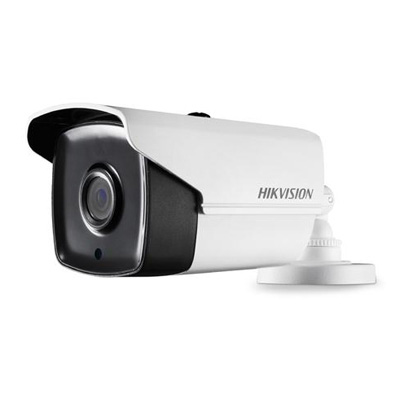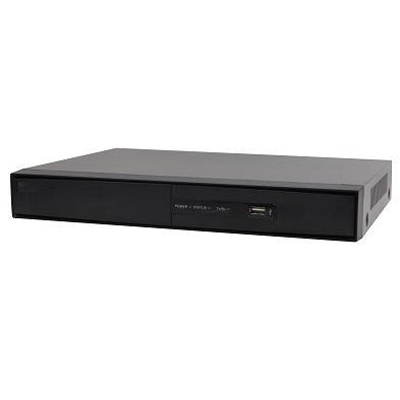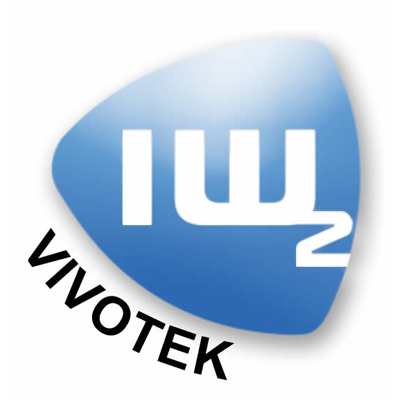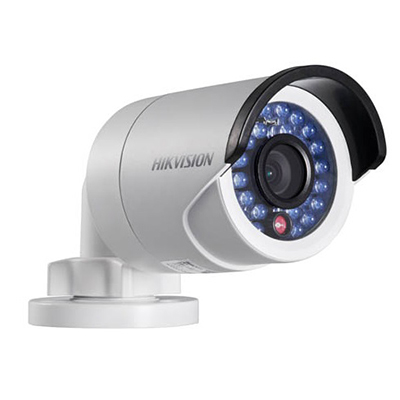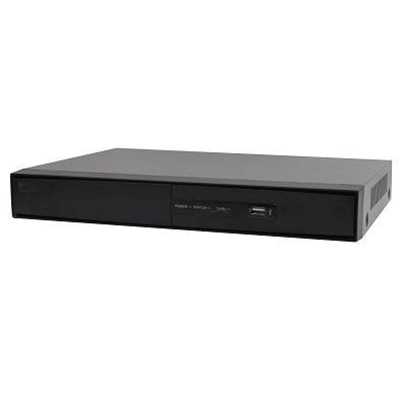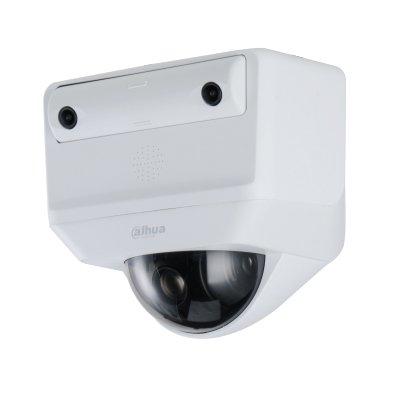The PSIA is committed to providing integrators and security end users with specifications that deliver true interoperability. The recent upgrade of PSIA’s Area Control specification sets a high bar for vendors, which helps ensure plug-and-play compatibility among PSIA-compliant products.
In December, the PSIA released Version 2.0 of the specification and made it open and publicly available to all industry manufacturers in addition to PSIA members. Area Control 2.0 incorporates PSIA’s Access Control and Intrusion Detection Profiles so vendors specialising in those areas can easily build PSIA compliance into their products. They also can use the PSIA's testing tools ensure their products comply with these profiles.
Implementing these profiles, then verifying compliance with our test tools, as many vendors are doing, ensures the interoperability among PSIA-compliant products and systems the industry expects, without custom coding or interfaces.
While the Access Control and Intrusion Detection profiles test scripts and conformance tools will be available to the public, the PSIA will issue compliance certifications only for current PSIA members.







